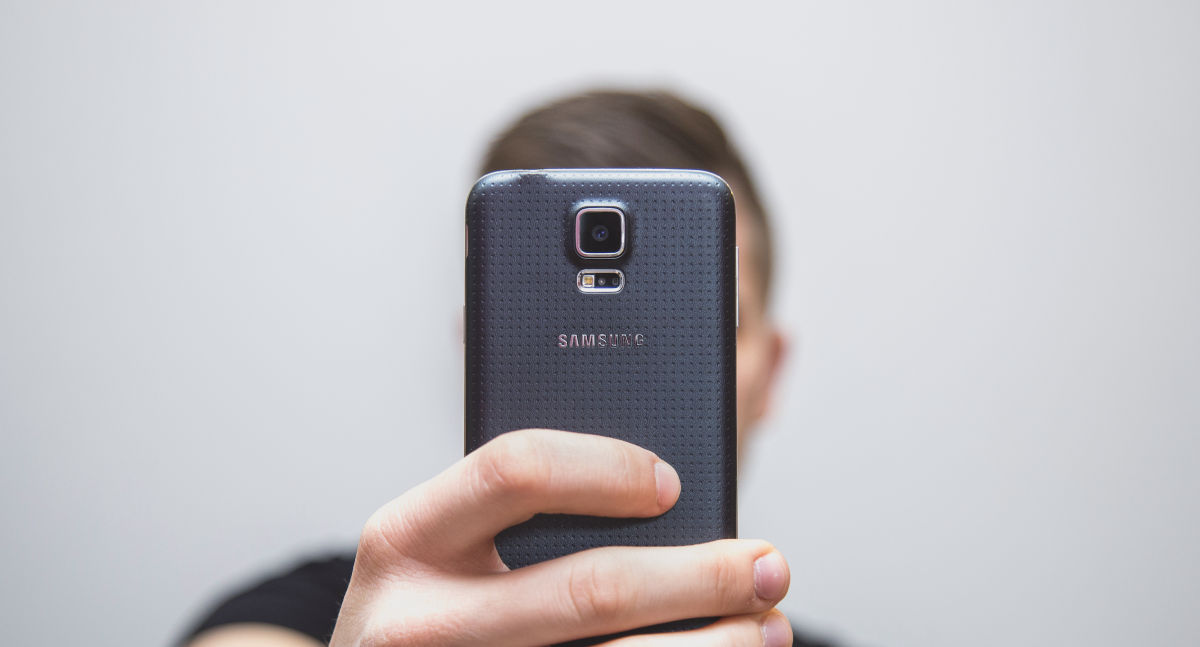Taking photos has always been a part of people’s live. However, with smartphones and apps for people to share their photos, moments, locations, and “memories,” have things gone too far?
Technology has improved immensely since the invention of the camera. Gone are the days when taking a simple photo was an arduous task. Today, taking a photograph is as easy as a click of a smart phone button. What is more, apps like Snapchat, Instagram and Facebook enable users to take and share photographs and short videos instantaneously. These videos and photographs are often branded with terms like “stories” or “memories.”
Even more recent is the ability to go live online and be virtually present with any interested users and followers. However, at what point do we decide that we have shared enough about our lives with our friends, data companies, and our FBI agent?
In 2017, a PEW research study showed that more than 80% of households in the U.S reported having access to a phone, and in 2013, a study by the same institution found that about 78% of teens owned a phone, with 47% of that population’s devices being smartphones.
Are memories and historical records any better kept than in previous times? Just like previous generations, we still pass on accounts of events orally through individual or group conversations. However, the introduction of these fast, easy, and large-storage-space devices and virtually unlimited cloud spaces have made our ability to communicate stories even more effective.
Recently, Facebook launched a camera feature for their smartphone app that will enable users to take videos in 360 degrees and provide a more immersive sharing experience. This feature is promoted as being able to improve the effectiveness of conveying the experience of an extraordinary adventure to family and friends. At some point however, one may begin to wonder what the point of all this is. Given the recent scandal with Facebook’s privacy issues, where they have been criticized for selling personal data to data miners and having allowed breaches to continue to go unchecked, the time has perhaps come for people to be more conscious of the things that they share on social media.
Last year, Info Trends estimated that 2017 would have a hundred billion more photographs taken than in 2016. Photographs are not the only things that are constantly being shared on social media. Major platforms like Snapchat, Instagram, and Facebook have features that let users associate their location with the media that they post online. And with Snapchat, a recent feature, “maps,” allows users to share their location in real time in an augmented map scene where you can see exactly where friends who choose to share their location information are located.
People post different things on social media, but most of the time, the photos are either of their food, their surroundings or “views,” or other interesting finds. Artificial Intelligence systems built into social media apps are able to identify people’s particular interests based on what they share. Not just that, but the content they view and posts, images, media they react to are recoded and used to sell advertisements to them. Commenting on the nature of these characteristic social media features, NJIT undergrad Enrique Cruz expressed dissatisfaction, saying, “I don’t like the fact that the algorithms are so sophisticated now that they’ve mapped out my personal profile and my interests. I understand that it is to help me be a better consumer but I don’t like the psychology of it. It’s a little too much.”
This view most likely resonates with many other peers, as there have been many recent protests on social media against the exploitation of social media users by their platform providers.
With new features being added to social media services every so often, the system does not seem to be slowing down anytime soon. If anything, people will become more conscious of the way their media is used and probably attempt to update their privacy settings. Besides that, there is not much that can be done about limiting social media and content sharing, as this has already become an essential part of our daily lives.
































